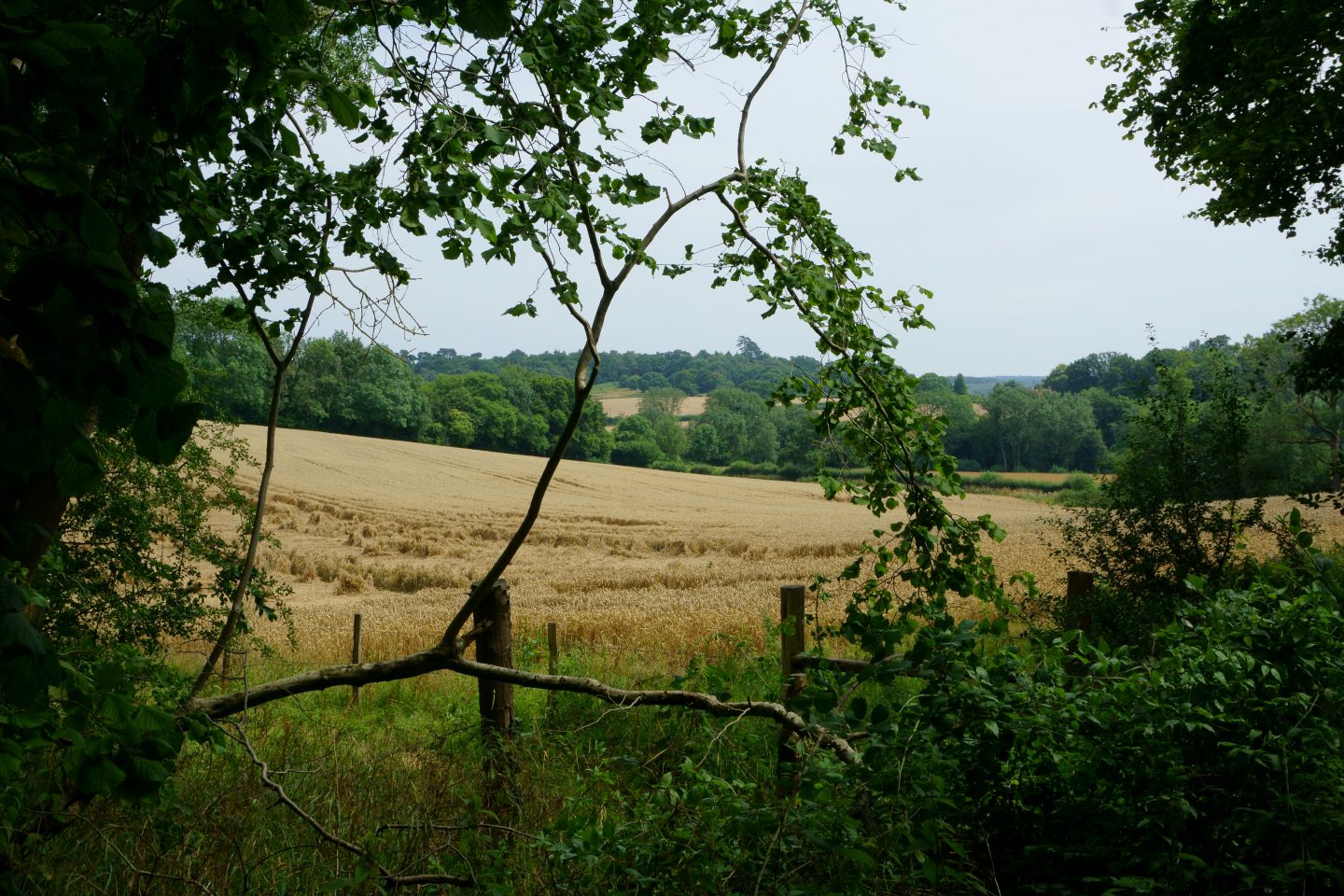England’s green belts have had, and continue to have, a major impact on town planning. The idea of a ring of countryside surrounding an urban area to prevent sprawl originated in the 1930s and spread to post-war London and was adopted nationally in 1955. Today, about 13% of England is green belt land.
But what made sense in the 1950s seems outdated and rather stale now. A one-size-fits-all approach to tackling complex planning issues tends to create more problems than it solves. You don’t need a belt-shaped area of land to check urban sprawl; you don’t need to block all development to promote greener outcomes. Perhaps in the 21st century it is time to admit that green belts are no longer fit for purpose.
In theory, the idea of green belts still has strong protection within the government’s planning framework, within five strategic purposes under local authority control:
- to check the unrestricted sprawl of large built-up areas;
- to prevent neighbouring towns merging into one another;
- to assist in safeguarding the countryside from encroachment;
- to preserve the setting and special character of historic towns; and
- to assist in urban regeneration, by encouraging the recycling of derelict and other urban land.
But green belts have been attacked by a range of vested interests for failing to meet these purposes, with different ideas proposed in response. The head of Persimmon housebuilders, for instance, has called for a relaxation of green belt controls to ease the housing crisis. The chancellor wanted more imagination from local planning authorities in where houses are built – including possible incursions into the green belt.
Natural England, the government body responsible for safeguarding England’s natural environment, has previously called for a major policy rethink. In any case green belt protection is potentially illusory.
Greenfield sites (including green belt) are increasingly favoured by developers as they are cheaper to exploit than brownfield sites which have much higher transaction costs. Here economic growth priorities and national planning policy tends to push development pressures onto the urban fringe areas rather than more costly brownfield land.
There is clear evidence that while green belts have stopped urban expansion (for some cities), they have resulted in unintended consequences such as higher-density development at the urban fringe, including disconnected “edge cities”, and “leapfrogging” development over the green belt to undermine other areas of countryside.
Green belts have a presumption against development and thus little incentive to be positively managed for environmental, community or economic purposes. This leads to degraded landscapes that, while having a valid planning function, produce limited benefit to communities and the environment – unless of course you are lucky enough to live in or next to one.
As with natural assets more generally, the lack of incentive for active management is the greatest cause for concern.
Beyond the belt
It’s time for a fundamental rethink of the green belt.
The “belt” metaphor has had its day. We should define bespoke areas that are functional to local geography and the needs of the cities and towns concerned; so wedges, fingers, belts, bananas or whatever shapes may equally apply.
Rather than have green belts used for just major cities we should have a more inclusive, ubiquitous and positive zoning that applies to large towns and major settlements.
Rather than a impose a rigid presumption against development we should aim for zones that encourage innovative uses that generate investment in environmental and community benefits in keeping with the principles of sustainable development.
Finally, rather than enabling politically convenient incursions into the green belt under the guise of sustainable urban extensions, local planning authorities should define these zones set against the long-term development needs of the area looking 50 years into the future rather than the present 25 years.
Positive spaces
These principles lead me to propose the idea of “green investment zones”; new positive spaces to invest in. Thus the urban fringe can be rejuvenated by, for example, community food-growing initiatives for health and recreation or wetland creation for flood protection and biodiversity. A green investment zone would be flexible enough to incorporate whatever new initiative an entrepreneur might propose.
Local planning authorities will need to think strategically set within bolder and long term visions about the kind of town or city they want to create. The current 25-year planning lifecycle is not long enough.
Developers shouldn’t see these zones as automatic no-go areas. While housing should not be normally be allowed in them, they act as valuable green spaces that can help to protect new and existing housing development from floods and drought; they can provide local food growing areas and spaces for play and recreation. They also can be used to protect our agriculture and perhaps more controversially for energy production (solar, anaerobic digestion or biomass) which are neglected planning factors.
In this green belt debate we need to move out of the silo thinking that separates housing, industry, transport, community, landscape and environment needs leading to disintegrated development.
The green belt may no longer be fit for purpose but it must not be allowed to become a developers’ charter for just the short-term pursuit of economic growth. We need to create a more equitable and environmentally and socially responsible zoning tool that addresses current planning shortfalls and promotes a more positive image for planning.
This article was originally written by Alister Scott and appeared on The Conversation on September 17, 2014. You can read the full article on The Conversation.



Leave a Reply